We Need STEAM, Not STEM Education, To Prepare Our Kids For The 4th Industrial Revolution
2 July 2021
We are at the beginning of a 4th industrial revolution and educators are faced with preparing a generation of students for many jobs that don’t even exist yet. Since the term STEM (science, technology, engineering, and math) was coined back in 2001, there has been growing interest in this learning philosophy to better prepare today’s students for tomorrow’s jobs. However, to adequately prepare the future workforce, another acronym is gaining popularity: STEAM, which adds arts to the mix.
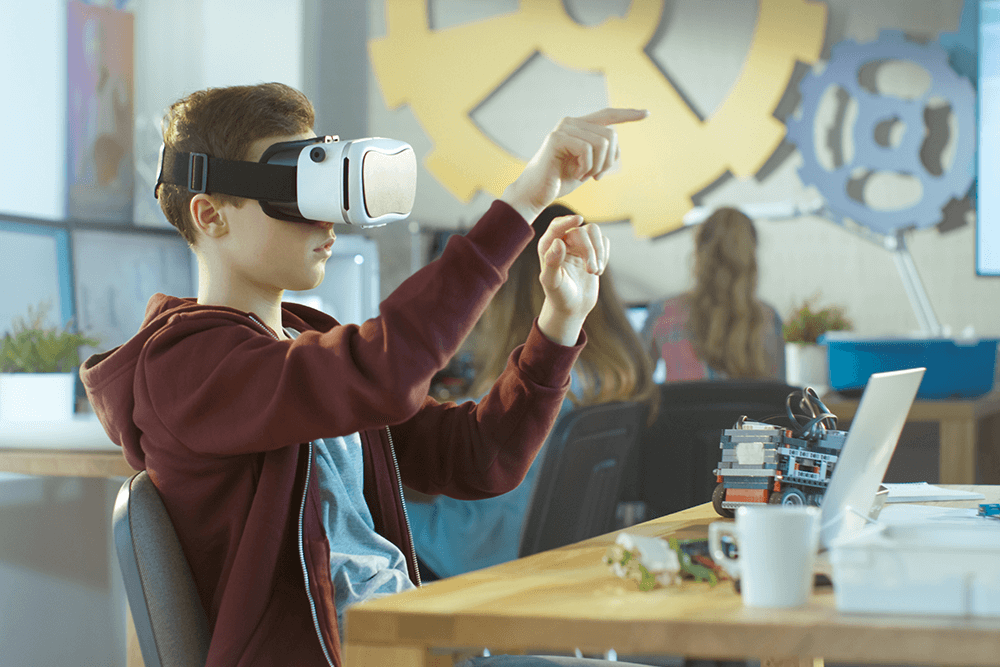
What is STEM?
Since jobs in the real-world draw upon several disciplines at once, STEM does the same with science, technology, engineering, and math. Lessons integrate all these disciplines, so it’s, therefore, more realistic to real-life applications than traditional philosophies of education that have the various subjects in silos.
If you think about the job duties of an architect who incorporates elements of science, technology, engineering, and math to complete their job responsibilities, you can see how educating children with an interdisciplinary approach is more applicable to what they will face after graduation.
TEM also prioritises project- and enquiry-based learning. Every child needs to acquire problem-solving skills and technology literacy to be prepared for the 21st-century workplace. STEM integrates and applies math and science to create technologies and solutions to solve real-world problems by using an engineering design approach.
One of the largest challenges to STEM adoption is funding and resources. There must be investments made in the latest technology and how to use it as well as training educators about how to incorporate new technology into lesson plans. Additionally, education systems are very focused on assessments and grades rather than recognising when activities foster creativity, innovation, and critical thinking skills.
What is STEAM?
Leonardo Da Vinci was on to something years ago when he stated, “Study the science of art. Study the art of science.” More recently, students and academics at the Rhode Island School of Design (RISD) have spearheaded the concept of STEAM—which brings the elements of STEM together with arts to guide students’ critical thinking, enquiry, and dialogue. Proponents of STEAM education recognise the importance of creativity and innovation in the future to solve our problems.
In fact, according to one study, nearly all Nobel laureates in the sciences practise some form of art as adults. When you compare these successful scientists with others, they are significantly more likely than other scientists to practise art in a variety of forms, from acting to singing, writing poetry to woodworking, and more. It’s this science success and art connection that make STEAM proponents believe that by integrating arts to a child’s education, it creates a person more ready to meet the ingenuity demands of our economy.
Students who receive a STEAM education engage in experiential learning, collaborate with others, and persist in problem-solving as they take thoughtful risks and work through the creative process. In fact, many employers, educators, and parents believe STEAM helps fill in a gap left by STEM of key skills/attributes children need to thrive.
Why do we need STEAM?
STEAM incorporates the benefits of STEM in and through the arts to give a more complete, well-rounded education. Although some feel this distinction is unnecessary because regular STEM incorporates creativity, leaders of the STEAM movement feel that the arts provides a critical missing piece to STEM education that then prepares students to not only understand science, technology, engineering, and math but know how to apply principles from each of these disciplines to creatively solve problems. Here’s how educationalist Sir Ken Robinson discusses STEAM in his TedTalk.
While the STEAM movement is still relatively new, it’s gaining “steam.” In fact, the revered children’s education programme Sesame Street has added STEAM to its programme. Problem-solvers in the future will have to look beyond what first feels like a limitation and approach challenges with enquiry, wonder, and innovation. These are skills that the arts exercise.
In order to create a successful STEAM programme, it is essential that the arts are included in STEM in an authentic way. It’s not about adding creativity to STEM, but rather to apply art in real-world situations. for example, if students had an assignment to create a product as a STEM project, incorporating arts in an authentic way would be to improve the appearance or design of the product using principles of industrial design.
Since we don’t yet know what jobs will look like as we progress further into the 21st century, it makes sense to educate our children with the skills and capacity to think outside the box with creative solutions. This is something a STEAM education can effectively prepare them to do.
You might also want to check out this video in which I discuss the 7 Key skills that will help anyone succeed during the 4th industrial revolution:
Related Articles
What Job Is Most Safe From AI?
As artificial intelligence continues to reshape industries, understanding which jobs remain secure is crucial.[...]
How Mastercard Uses AI Strategically: A Case Study
In the ever-evolving landscape of financial technology, Mastercard stands out as a pioneering force in leveraging artificial intelligence (AI) to drive innovation and operational efficiency.[...]
How Generative AI Is Accelerating Drug Discovery
Generative AI based on Large Language Models (LLMs), the technology behind popular tools like ChatGPT and Google Gemini, is revolutionizing various industries, including the world of drug discovery.[...]
How To Achieve AI Success In Our Day-To-Day Lives
AI is set to change the world in some incredible ways. But as well as shaking up the way we work and potentially solving some of the world’s biggest challenges, it also creates opportunities when it comes to navigating the hum-drum of the everyday.[...]
What Jobs Will AI Replace First?
Artificial intelligence is no longer a futuristic concept; it’s a reality that is transforming industries and reshaping the job market at an unprecedented pace.[...]
How Generative AI Will Change Jobs In Financial Services
From the arrival of the telephone to online banking and mobile payments, many waves of transformation have swept through the banking, insurance and finance industries.[...]
Sign up to Stay in Touch!
Bernard Marr is a world-renowned futurist, influencer and thought leader in the fields of business and technology, with a passion for using technology for the good of humanity.
He is a best-selling author of over 20 books, writes a regular column for Forbes and advises and coaches many of the world’s best-known organisations.
He has a combined following of 4 million people across his social media channels and newsletters and was ranked by LinkedIn as one of the top 5 business influencers in the world.
Bernard’s latest book is ‘Generative AI in Practice’.

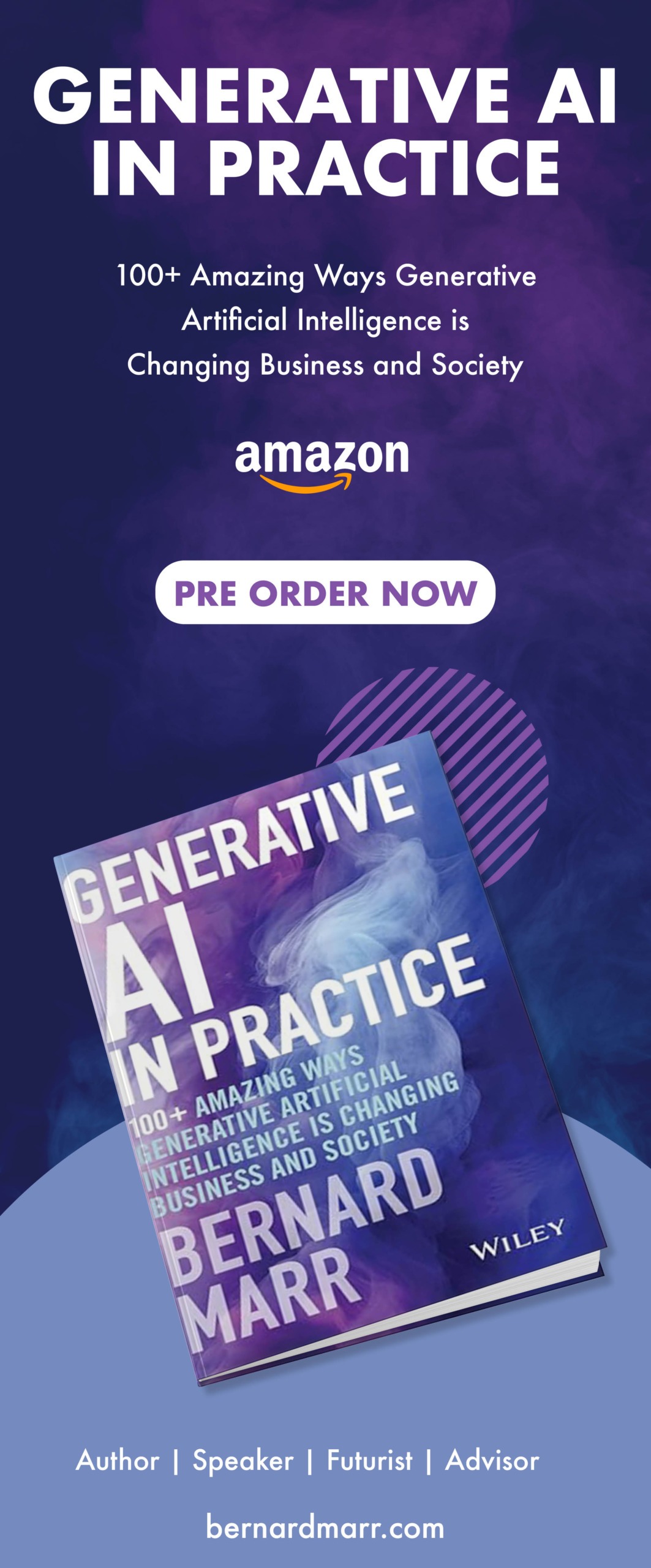



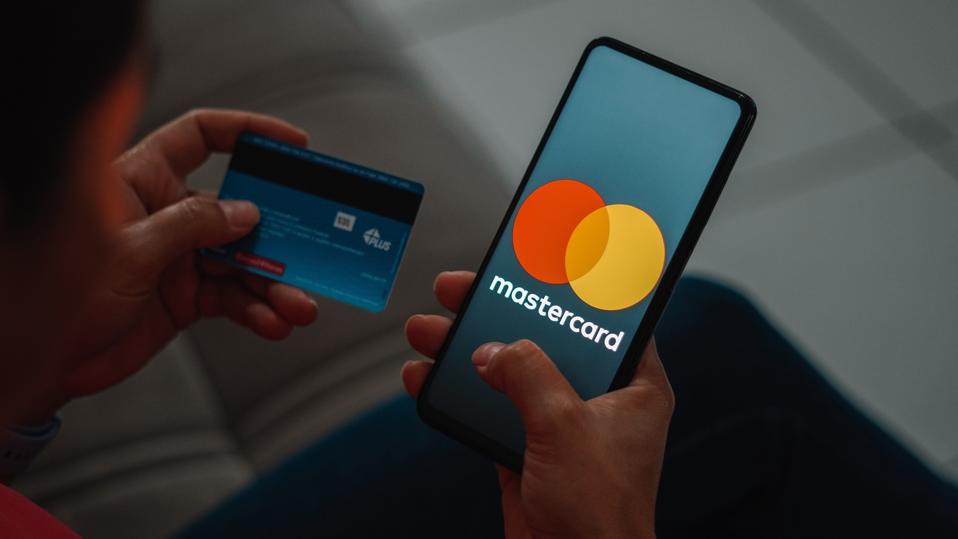

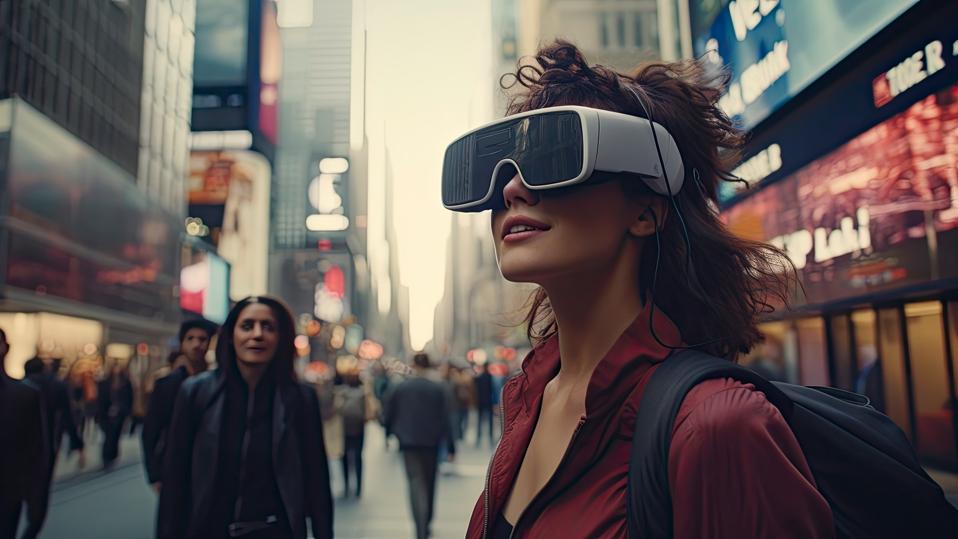

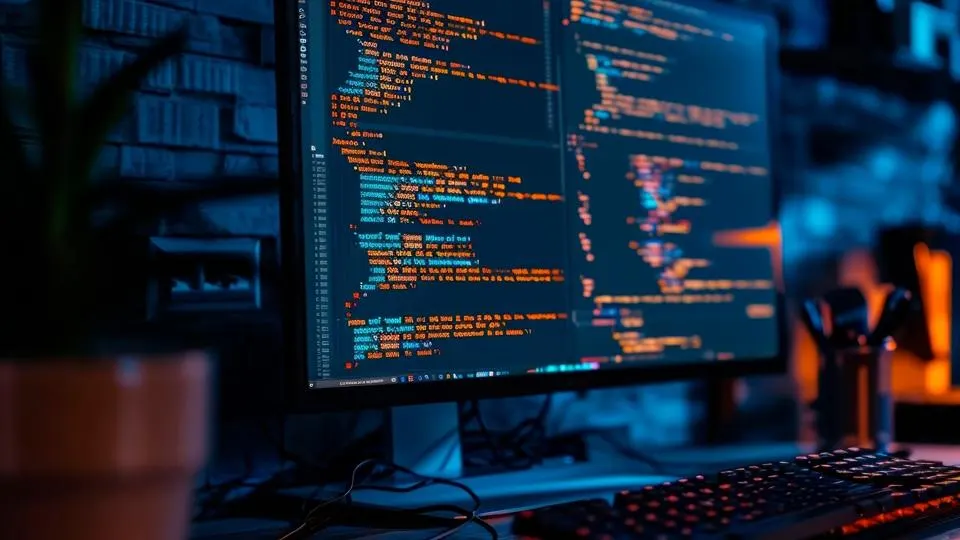
Social Media